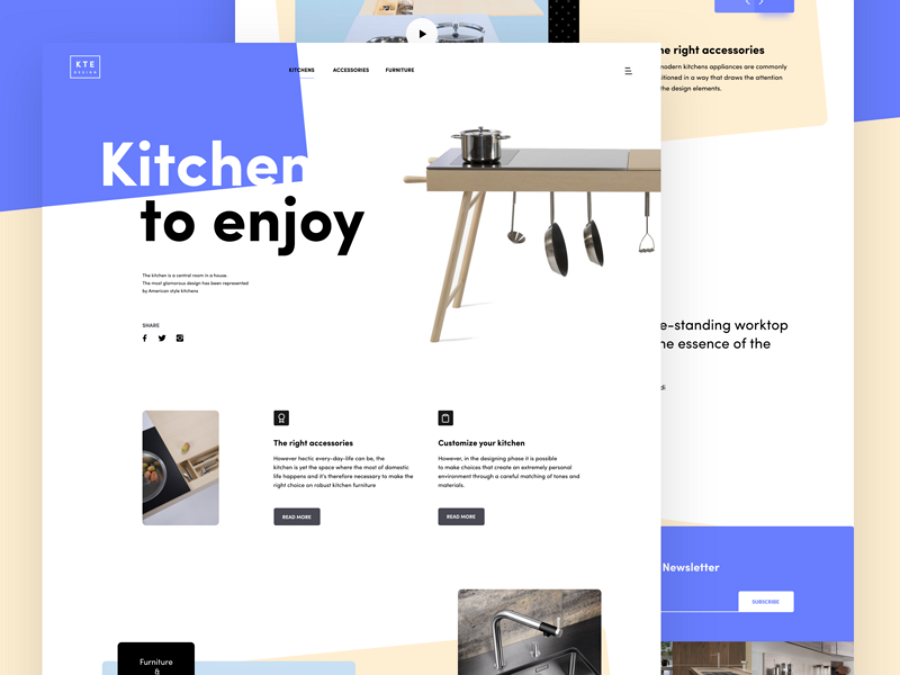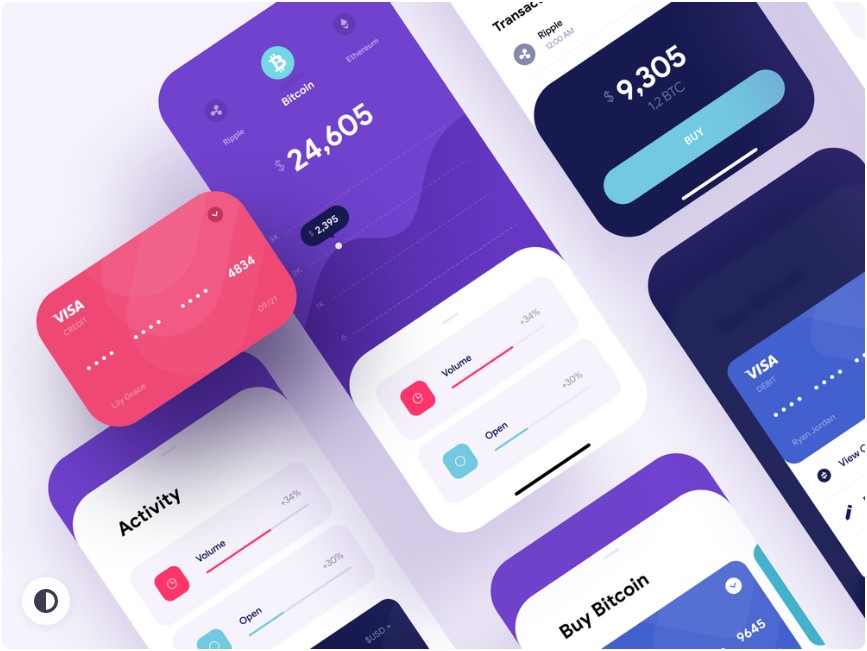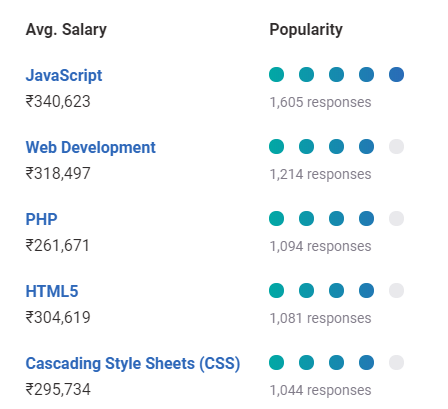
Most likely, you've seen a list of technology jobs before and been tempted by the idea to apply. Do you have questions about what the job requirements are? Here are some ways to get you started. Start by reading the job description. Read the requirements and learn about the career path. After that, you'll be ready to begin your search. Check out the job description and career path for any job you have.
Job description
Chief technology manager is the title of the job, but you could also call it ICT helpdesk manager, ICT program manager, ICT procurement officer or ICT project manager. Other popular job titles include IT manager and tech support, school technical officers, field service technician, and ICT program director. Regardless of the job title, the job description for this position is very similar. Tech support managers are responsible for overseeing their team and solving problems.
A few of the most common job titles within technology companies include business and technology analyst, security analyst, and data specialist. You can even search for security sales specialist jobs! Tech careers are available on the Tech Jobs List job description. These jobs have high demand so get started now! You'll be glad you did. There are many opportunities in this industry, and you may be able to land one!

Salary
According to Bureau of Labor Statistics, tech jobs have higher salaries than the national average. Software engineers and data scientists typically make six-figures. Entry-level positions in tech require no college degree. However, the most well-paid ones require at least an Associate's Degree. Even people with little to no experience and a high school diploma can expect to make more than $50,000 a year. Here is a brief explanation regarding the different salaries for entry level tech jobs.
The Portland area is home of many tech companies. Although they are not as big as those found in San Jose or Seattle, Silicon Forest is home to many. But, the average income for tech workers in Oregon is 1.4 times that of the national average. Another big difference is the cost of living. Oregon is less expensive that San Jose and Seattle. This makes Oregon a viable option for people who don’t want a move to a large city. Portland has a lower cost of living than San Jose or Seattle.
Requirements
Although there are few entry requirements for technical roles, a college degree may not be necessary. These roles require more skills, knowledge, and experience than a college degree. Employers are still looking for a diverse workforce, and have removed college requirements from all open positions, despite not having college degrees. Technical jobs are expected to grow rapidly in the near future. This is good news, for those who want to be employed in this sector.
Different employers and jobs have different educational requirements. For example, an administrative assistant's duties will include keeping records, making appointments, and researching information and data. Talent recruiters on the other side identify qualified candidates to fill job openings and often fill important positions. Human resources managers manage the administrative functions of an organisation, recruit new staff and consult with high-ranking executives. They are the link between management and employees.

Career path
If you are curious about technology and the careers in that field, you should check out this article. We will discuss the job description and requirements, as well as salary expectations and career paths for tech jobs. We'll also discuss how to succeed in this field and offer some alternatives for tech career paths. Read on to learn more. Tech industry is fast-paced, ever-changing. Flexibility and an open mind are key to success in tech.
Although innovation is the mainstay of tech, many people are uncomfortable with the idea working with people from different backgrounds. Many companies do everything possible to make the workplace more diverse and offer resources to help employees. Although it can be tempting to search online for potential employers, it is better to talk to professionals in the field. You can learn more about the role by going to industry conferences.
FAQ
Can I build my website using HTML & CSS?
Yes! You should be able to create a website if you have been following the instructions.
You now know how to build a website structure. Now you need to learn HTML and CSS coding.
HTML stands as HyperText Markup Language. This is like writing a recipe. It would include ingredients, instructions, as well as directions. HTML allows you to indicate to a computer which portions of text are bold, italicized and underlined. It also lets you know which part of the document is linked. It's the language of documents.
CSS stands for Cascading Stylesheets. It is like a stylesheet that you use to create recipes. Instead of listing all ingredients and instructions, you simply write down the basic rules for things such as font sizes, colors or spacing.
HTML tells the browser how a page should look; CSS tells it what to do.
Don't be afraid to ask questions if you don’t understand any of these terms. Follow the tutorials and you will soon be creating beautiful websites.
How do I design a website.
First, you need to know what your customers want from your site. What are they looking for when they visit your site?
What kind of problems can they have if they cannot find what they want on your site?
You now need to know how to fix the problems. Your site must look professional. It should be easy-to-use and navigate.
Your website should be well-designed. Make sure that it doesn't take too long to load. If it takes too long, people may not be able to stay as long. They'll go somewhere else instead.
If you're going to build an eCommerce site, you need to think about where all your products are located. Are they in one place? Or are they scattered around your site?
You need to decide whether you want to sell one product at once or many different types of products. Are you looking for a single product to sell or multiple products?
These questions will help you decide if you want to build your website.
Now, you have to think about the technical aspects of your site. How will your site work? Is your site fast enough to be useful? Is it possible to access the information quickly using a computer?
Can people buy things without having to pay more? Will they have to register with your company before they can buy something?
These are important questions that you must ask yourself. These questions will help you to make the right decisions and move forward.
What is a responsive design web design?
Responsive Web Design is a method of designing responsive websites. It allows content to display on all devices (desktop computers, tablets and smartphones), so that it can be viewed easily on any device. This allows visitors to view the website on one device and access other features like buttons, navigation menus, etc. RWD aims to ensure that every user who views a site is able to view it on any screen size.
A website that sells primarily through eCommerce would be an example of this. You want your customers to be able to purchase products from your store, even if they are viewing it on a phone.
A responsive site will automatically adjust its layout based on the device being used to view it. Your laptop will view the website exactly as a normal desktop site. The page will look completely different if it's viewed on your smartphone.
This allows you to create one website that works on all devices.
Statistics
- Did you know videos can boost organic search traffic to your website by 157%? (wix.com)
- The average website user will read about 20% of the text on any given page, so it's crucial to entice them with an appropriate vibe. (websitebuilderexpert.com)
- It enables you to sell your music directly on your website and keep 100% of the profits. (wix.com)
- When choosing your website color scheme, a general rule is to limit yourself to three shades: one primary color (60% of the mix), one secondary color (30%), and one accent color (10%). (wix.com)
- Studies show that 77% of satisfied customers will recommend your business or service to a friend after having a positive experience. (wix.com)
External Links
How To
How to become a web designer?
A website is more than just HTML code. It's an interactive platform that lets you communicate with users, and offer valuable content.
A website is more than a medium for delivering information; it is a portal to your business. Customers should find the information they are looking for quickly and efficiently. It should also show them how to interact with you company.
The best websites let visitors do exactly what it says on the tin: find what they are looking for, then go.
This goal will require you to master technical skills and aesthetics. You'll need to learn HTML5 coding and CSS3 styling as well as the latest developments in JavaScript.
Also, you'll need to learn how to use tools like Photoshop, Illustrator, InDesign and Fireworks. This allows designers to create and edit web graphics and layouts. Finally, you will need to create your style guide. This includes everything from fonts and colors to layout.
To learn more about becoming a web designer, you can start by reading articles or taking online courses.
It might take months or years to complete your degree program, but once you've earned a degree, you'll be ready to enter the workforce.
Keep practicing! Your ability to design will make it easier for you build amazing websites.